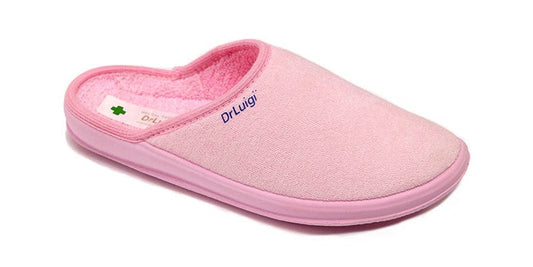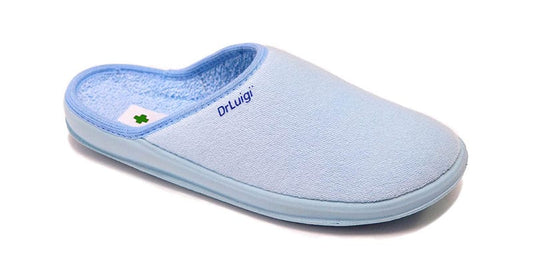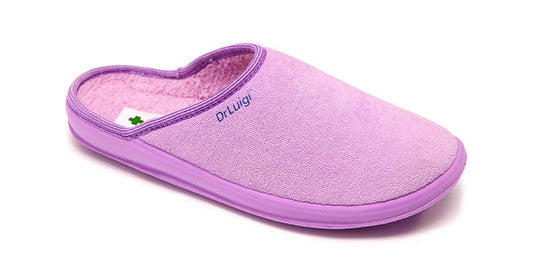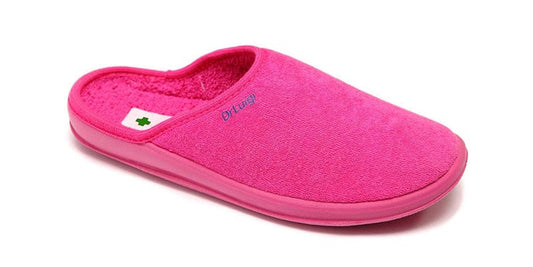Swelling in the feet, ankles, and legs is a common occurrence, often caused by factors such as gravity, fluid retention, injuries, or inflammation. While temporary swelling is usually harmless, it can be uncomfortable and affect mobility. Understanding the causes and taking appropriate steps to reduce swelling can help alleviate discomfort and promote healing.
Causes of Swelling
Swelling in the lower extremities can be attributed to two main conditions: edema and inflammation.
-
Edema: Edema occurs when excess fluid accumulates in the body's tissues, leading to swelling. Factors such as aging, obesity, prolonged sitting or standing, and hot weather can contribute to edema. Symptoms may include swollen, shiny skin, and difficulty walking.
-
Inflammation: Inflammation is the body's response to injury, infection, or disease. It can result in localized swelling, redness, warmth, and pain. Chronic inflammation may impair normal functioning and require medical attention.
Management Strategies
To manage swelling in the feet, ankles, and legs, consider the following strategies:
-
Elevate the affected area: Elevating the legs above heart level can help reduce swelling by promoting drainage of excess fluid. Lie down and prop up your legs on pillows or cushions for optimal relief.
-
Compression therapy: Wearing compression stockings or socks can aid in reducing swelling by applying gentle pressure to the legs, promoting circulation, and preventing fluid buildup.
-
Stay active: Engage in low-impact exercises like walking or swimming to promote circulation and prevent fluid retention. Avoid prolonged periods of sitting or standing without movement.
-
Maintain a healthy lifestyle: Eat a balanced diet rich in fruits, vegetables, and lean proteins to support overall health and prevent obesity-related swelling. Stay hydrated and limit salt intake to prevent water retention.
-
Use supportive footwear: Choose comfortable shoes with good arch support and cushioning to reduce strain on the feet and ankles. Consider using medical-grade footwear like DrLuigi shoes for additional support and comfort.
-
Seek medical advice: If swelling persists or is accompanied by other concerning symptoms such as pain, redness, or warmth, consult a healthcare professional for further evaluation and treatment. They can identify underlying causes and recommend appropriate interventions.
By implementing these management strategies and prioritizing foot health, you can effectively reduce swelling in the feet, ankles, and legs and improve overall comfort and mobility.





